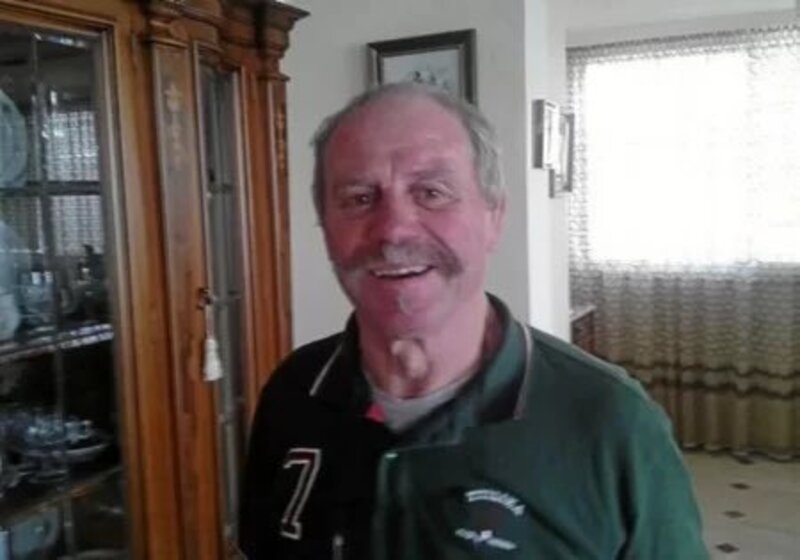Death of the Basque Gasteiztarra Gontzal Fontaneda
- The Euskaltzale and Gasteiztarra militant died on Thursday, 30 December, in an accident at work. Gontzal Fontaneda Orille (1943-2024) was a witness and travelling companion of the Basque country in Vitoria in the 1960s. She began to learn Basque at the age of 15. He invented a method to learn Euskera and was a professor of Euskera. He also exercised political militancy during the Franco regime. He was arrested and imprisoned several times. In 2017 he launched the blog Babazorro in ARGIA and wrote a series of articles on the Iruña Veleia case.
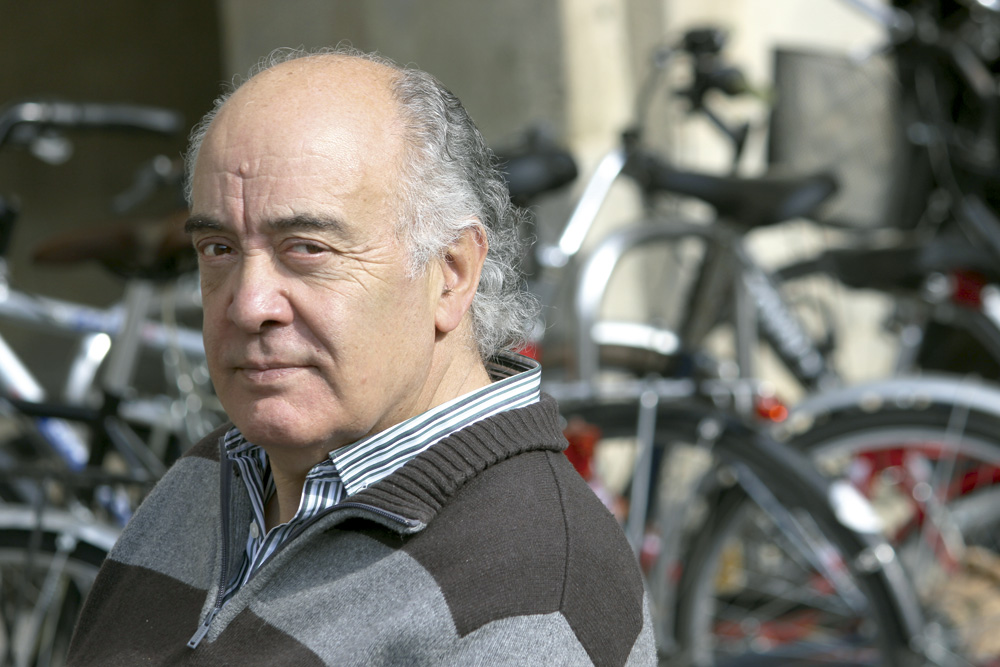
In November 2017 Miel Anjel Elustondo gave him a strong interview for the weekly ARGIA (“In Carabanchel prison we accept the Basque Country batua”). Fontaneda restated his life and talked to Elustondo about his trajectory in the Basque world and his political militancy at the height of the Franco era.
In 1958, at the age of 15, he began studying Basque. An Ibarrangelu boy, with whom he had a classmate, fueled his worm. "Euzkadi is the homeland of all Basques! ", he told him, and Fontaneda tells in the interview how until then his only homeland was Spain. He related the country to the language and began to learn Basque as a high school student: “I had to be convinced Basque.” He had as a professor Peli López Presa and as a method the grammar of Andoni Urrestarazu Umandi was used.
In 1966 he began teaching as an Euskera professor. Fontadena says in the interview that she started teaching “not knowing Basque”. Professor Felipe Ibarraran gave him the opportunity to teach him that he had to go to military service. The duration of this teaching work was very limited, as it was carried out by the Civil Guard. It would be the first time they would have stopped him.
Although he did not start very convinced as a professor, then he made a long way in the learning and teaching of Euskera. As explained in the interview, in the early 1970s, the group of professors Juan Bautista Gamiz was created and the method was made in Basque. Among those involved were Eusebio Osa, Pako Eizagirre and Jeni Prieto. They made a teaching method called Hizketan, “our own,” says Fontaneda. This is how it says about the division of labour: “The formation of the verb – nor- nork eta beste – was done by me; Eusebio Osa, the texts, the workers go up and the elders come down; and Maribel Elizondo hit the material machine.”
In 2007, Onintza Irureta Azkune interviewed Fontaneda, author of a heterodox method to study, learn and teach Basque.
In addition to being a student, teacher and creator of methods, in recent years he has participated in the Basque world in Vitoria-Gasteiz. Among other things, he made a documentary about the Basque country in the Rioja Alavesa and worked on the Mintzalaguna project in the capital of Alavesa.
Trying to clarify the case Iruña–Veleia
Fontaneda joined the Iruña–Veleia Argitu platform and tried to clarify the matter. He wrote a series of articles on the case in media such as Naiz, Berria and Alea, among others. In 2017 he opened the blog Babazorro in ARGIA. Above all, he wrote about the Iruña–Veleia case. He defended bringing the graffiti to the end of the investigation to see if they were false or true. Juan Martín Elexpuru remembers in his blog Gontzal Fontaneda and says: “We had friendship and friendship with Iruña–Veleia, did a great job in trying to clarify the asunto.Gestionblog Babazorro for five years and has left us a selection of articles for the subject of reading.” “Humble as a big man, working as an honest man,” he recalled.
.
We Basques move our feet behind the witness of Korrika to proclaim that we want to survive as a Basque people in favor of our language, with the aim of the Basque Country we desire.
The tipi-tapa is the first step taken by a migrant person who leaves his homeland in Africa,... [+]
Euskalgintzaren Kontseiluak eta Bizkaiko Foru Aldundiko langileak elkarretaratzea egin dute langileen egonkortzearen eta euskalduntzearen alde.
EH Bai koalizioak babesturiko Ahetzen zerrenda gailendu da bozen bigarren itzulian, joan den igandean, botoen %44 erdietsirik.
The victims created by the IAP are not only functionalized teachers thanks to the stabilization process brought about by the IAP Law, but much more. Some have been given some media visibility as a result of Steilas's appeal, but most of them are invisible. All the victims of the... [+]








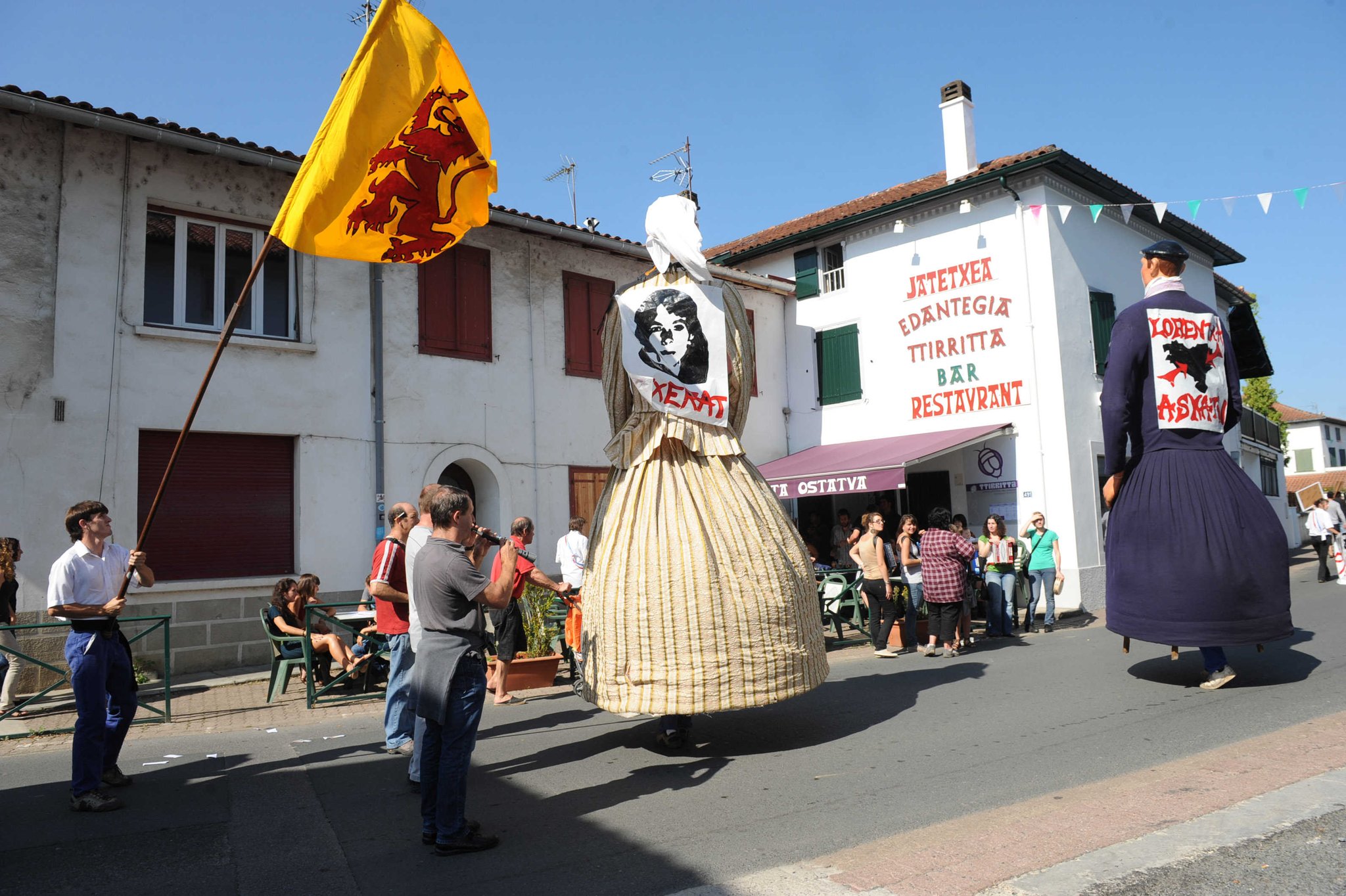
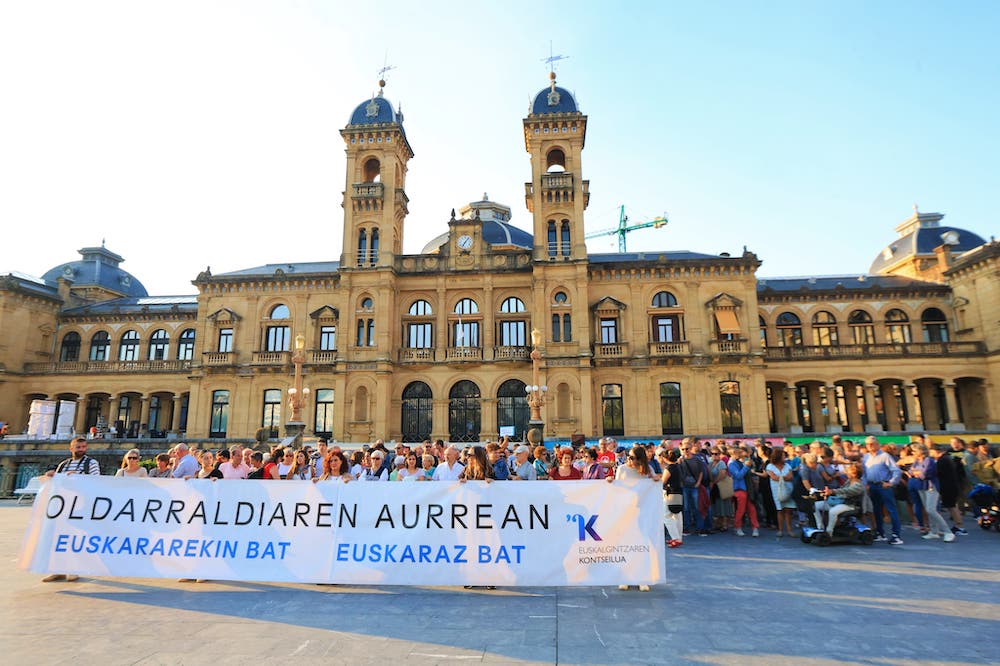

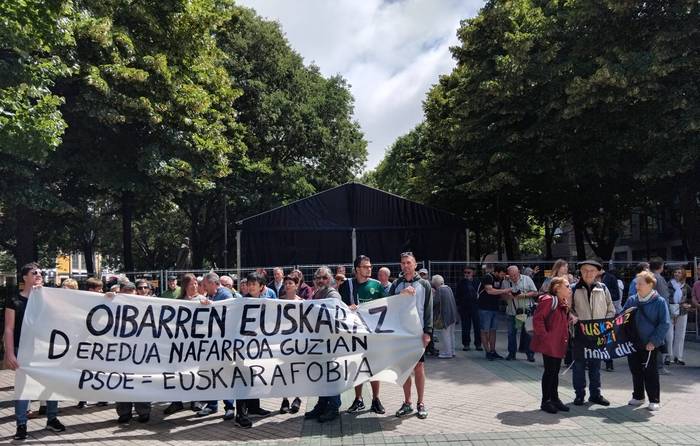
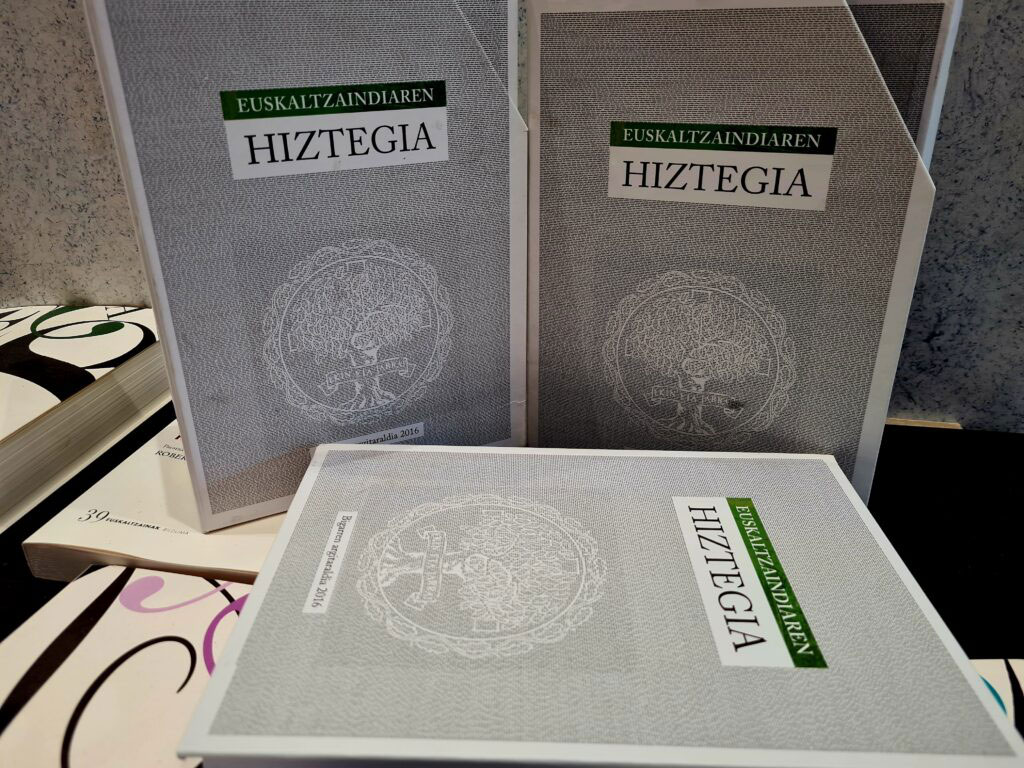
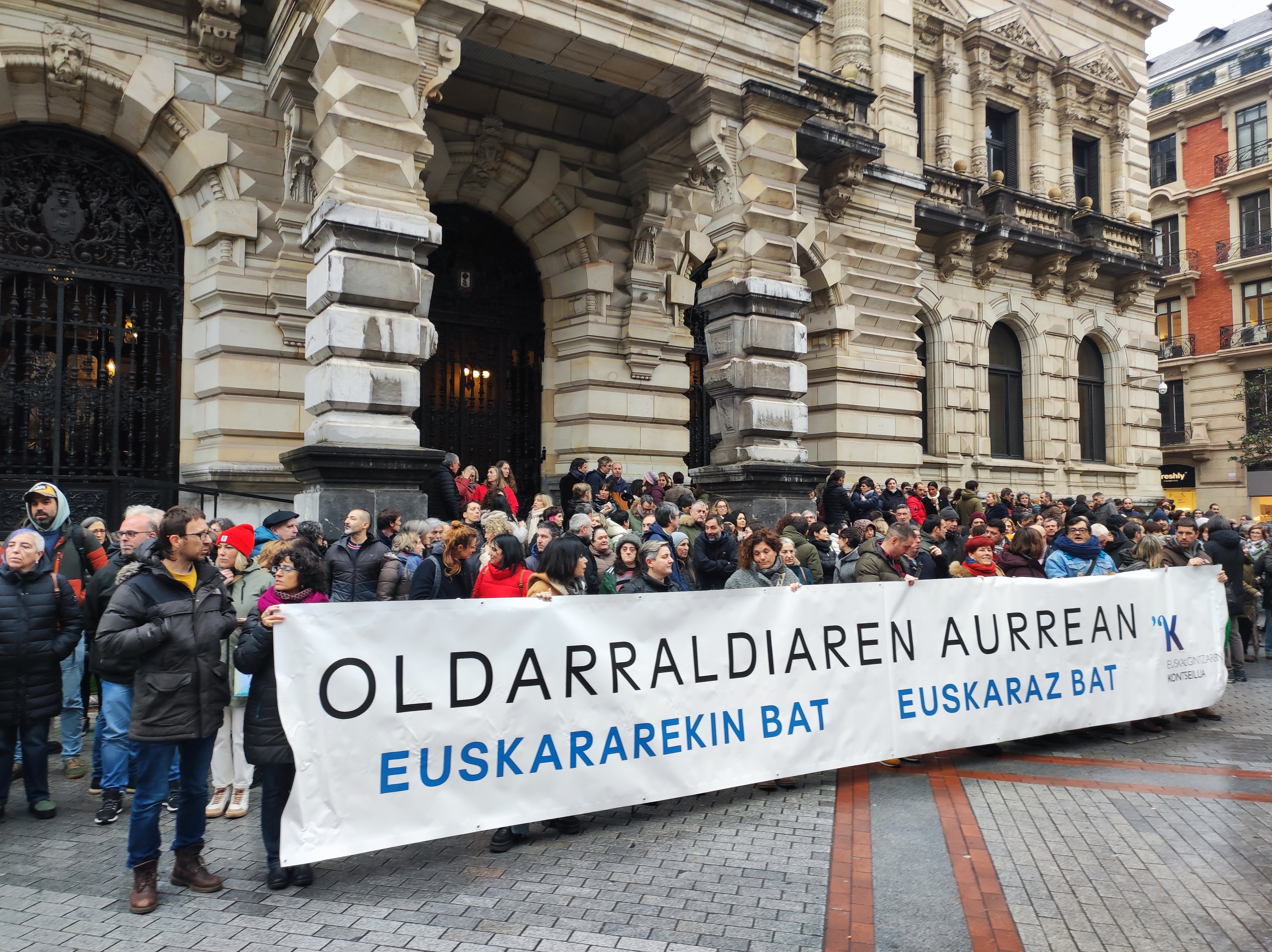
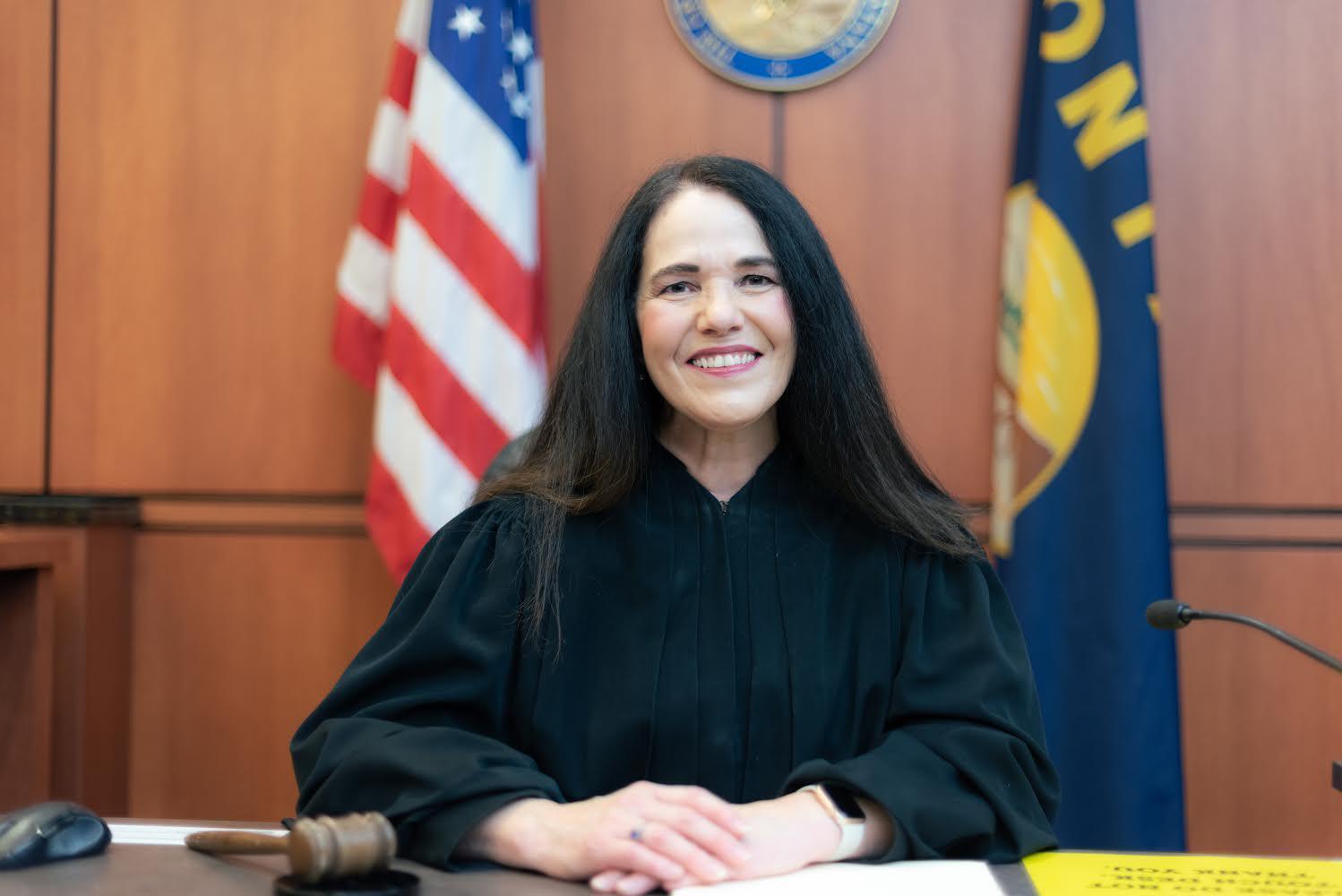
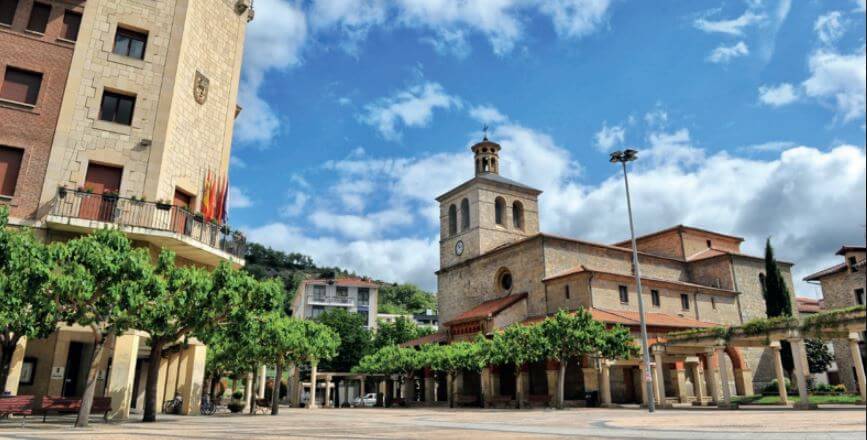
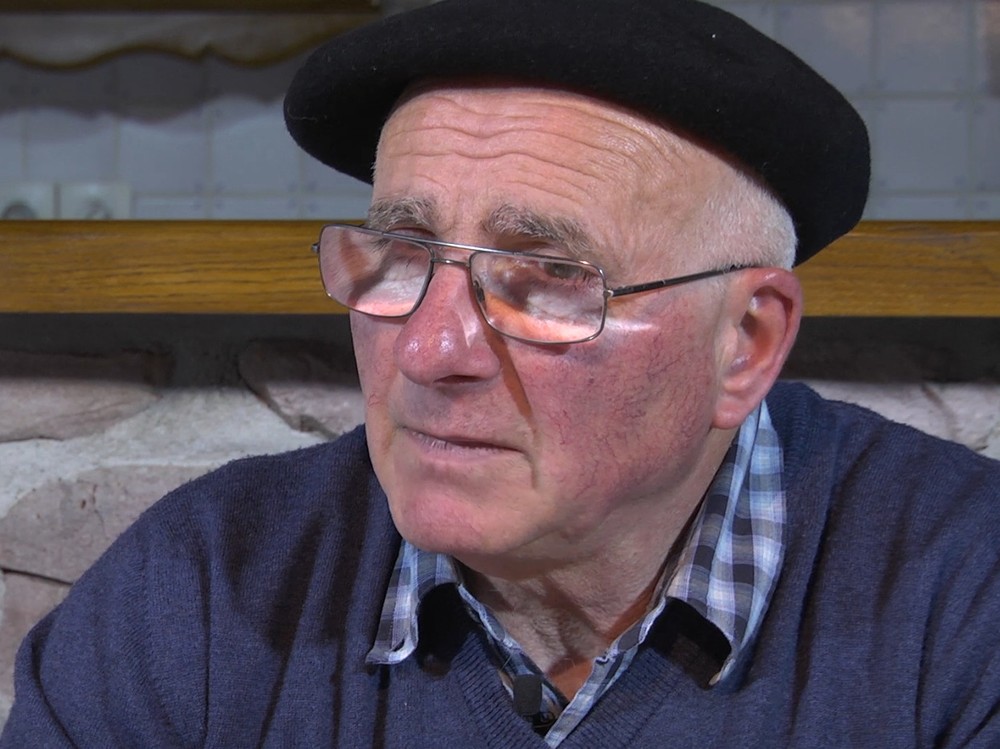
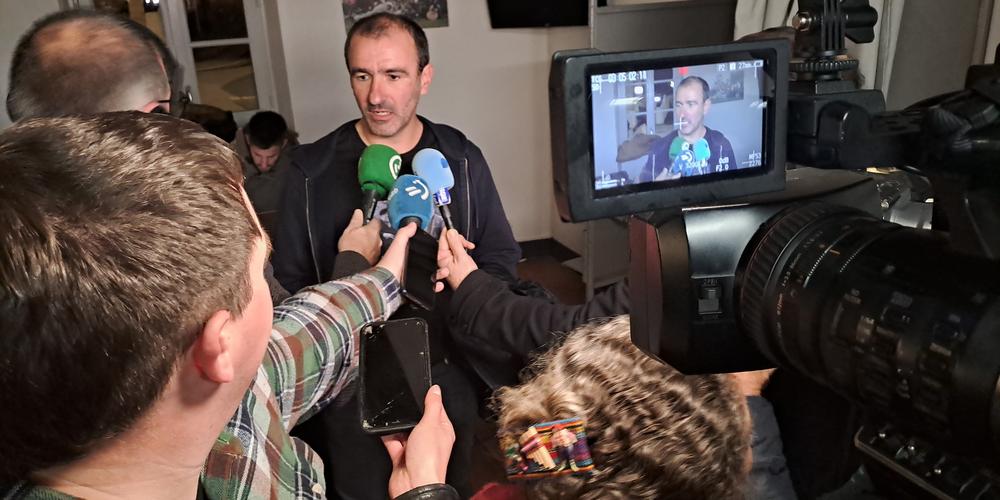
.jpg)
